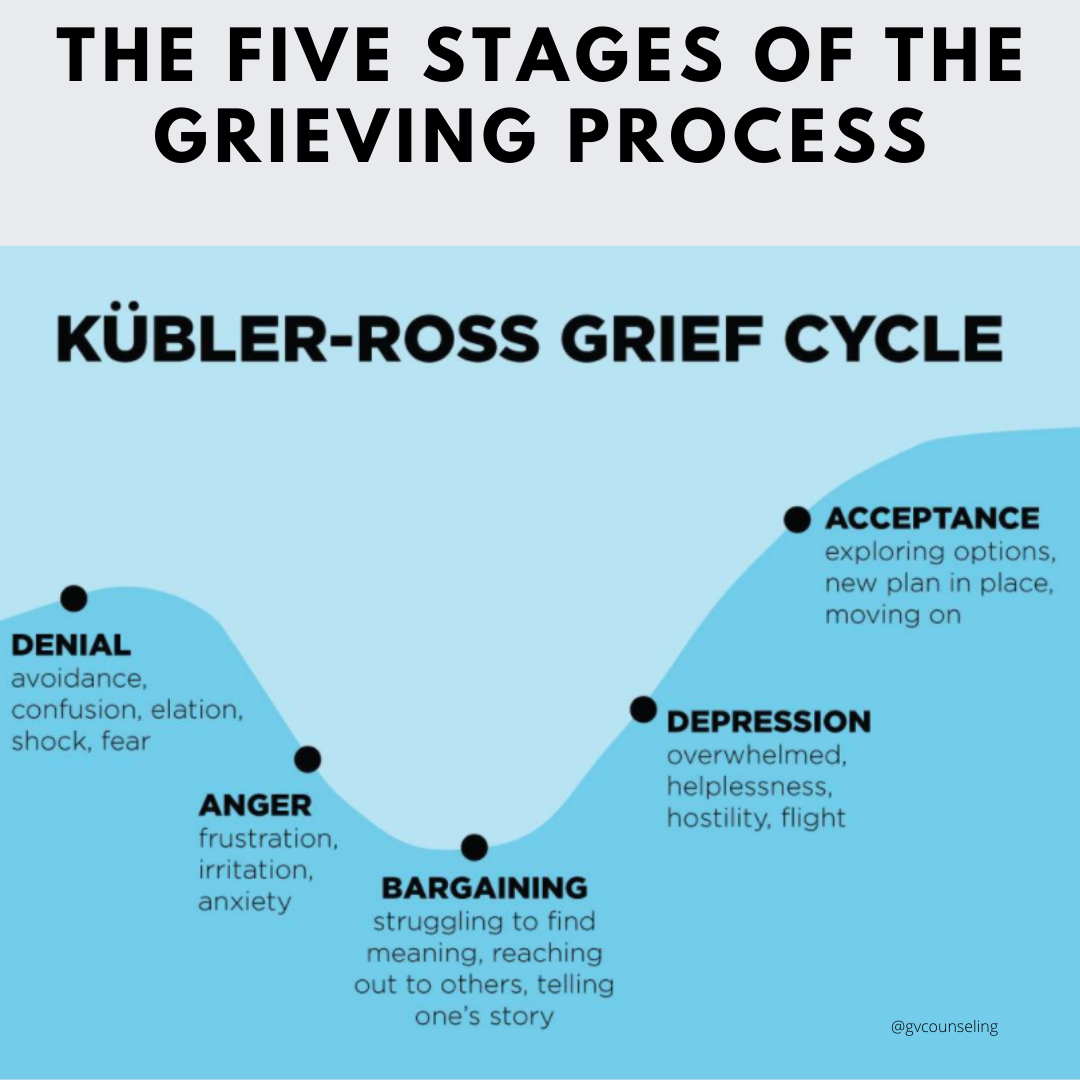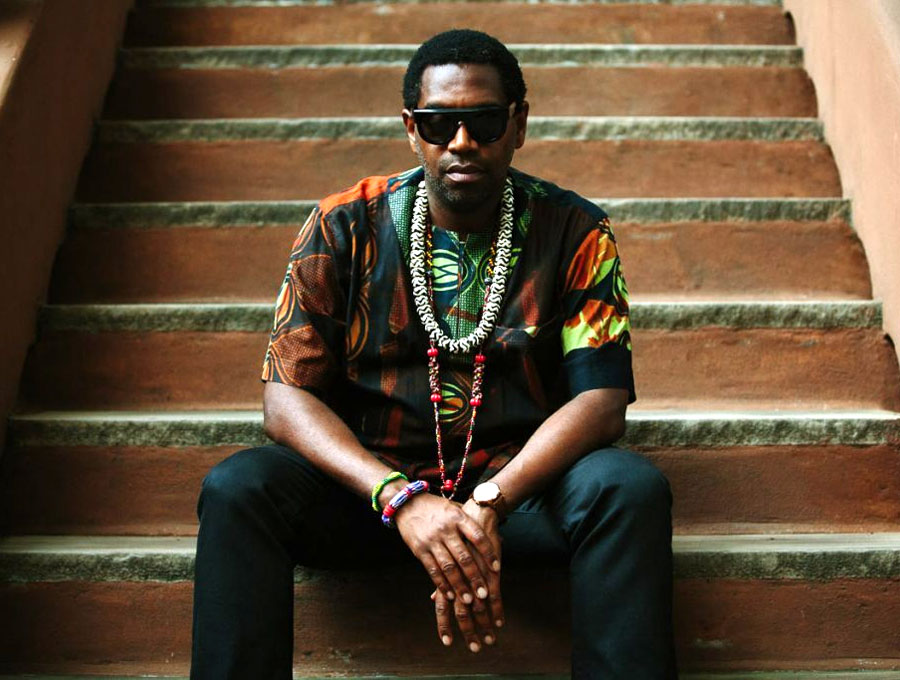The grieving process is an intricate journey marked by profound emotional turmoil and healing, often making it difficult to navigate the overwhelming loss of a loved one. Each individual experiences their own grief journey, shaped by personal connections and memories, as well as the societal expectations surrounding death. Dealing with loss can feel isolating, especially during memorial days that serve as painful reminders of absence. However, it is crucial to recognize that healing after death is not a linear path—rather, it includes various stages like shock, anger, and eventual acceptance. Embracing this process can lead to deeper reflections on love and loss, allowing us to honor those who have departed while also beginning to move forward.
Understanding the intricacies of bereavement is essential in confronting the challenging emotional landscape that loss introduces. Known variously as mourning, the process of grief encapsulates a series of feelings and reactions elicited by the passing of someone dear. Each person walks their own unique path when coping with such profound sorrow, which is often replete with mixed emotions and memories. As we commemorate the lives of those we’ve lost, we inevitably face days that force us to reconcile our pain with the fond recollections we hold. Ultimately, acknowledging the complexity of mourning is vital for finding peace and healing in the wake of tragedy.
Understanding the Grieving Process
The grieving process is a deeply personal journey that varies widely from individual to individual. For some, it is marked by intense sorrow and emotional turmoil, while for others, it may involve a stoic acceptance of loss. Understanding the stages of grief can aid many in navigating their feelings; from denial and anger to bargaining, depression, and ultimately, acceptance. It is crucial to remember that while these stages may present in a linear fashion, they often overlap, and one might revisit earlier stages as more feelings are processed over time.
Moreover, the grieving process can be profoundly influenced by one’s previous experiences, personality, and support systems. On this journey, everyone will have their unique coping mechanisms. Some may seek comfort in writing, art, or nature, while others lean on family and friends for support. Acknowledging that grief is a natural reaction to the loss of a loved one can provide solace, validating the emotional landscape that individuals may navigate during this tumultuous time.
Dealing with Loss: Finding Support
Dealing with the loss of a loved one can feel insurmountable. It’s essential for individuals to seek support during this challenging time. Family and friends can often offer understanding and a listening ear, but sometimes, a professional therapist specializing in grief counseling can provide valuable assistance. Support groups, either in-person or online, can also foster a sense of community among those experiencing similar feelings of loss, creating a safe space to share stories and healing experiences.
In addition to interpersonal support, practical resources such as books, workshops, and seminars about grief can be helpful tools that guide individuals through their mourning process. These resources often provide enlightening perspectives on managing emotions and coping with grief. From literature that explains the nuances of bereavement to interactive workshops that encourage creative expression, these avenues can foster healing and resilience in the face of heartbreak.
Healing After Death: Steps Toward Recovery
Healing after death is not a straightforward path; it encompasses a mix of acceptance, reflection, and gradual rebuilding of one’s life. Each stage of healing involves confronting memories, recognizing the void left by the deceased, and honoring their legacy in personal ways. This could involve commemorative practices such as writing letters to the departed, creating memorial spaces, or engaging in activities that the lost loved one cherished. These acts can serve to internalize one’s grief while fostering an ongoing connection with the individual who has passed.
Furthermore, time plays a significant role in the healing process. It’s vital to understand that while the pain of loss may not ever disappear entirely, its intensity can diminish. Practicing self-compassion during the healing journey can lead to greater acceptance over time. Engaging in self-care routines, such as journaling feelings, meditation, or creative outlets, can profoundly nurture one’s emotional state and lead to gradual healing after the death of a loved one.
Memorial Days: Honoring Loved Ones
Memorial days serve as poignant reminders of the lives once shared with those we’ve lost. These days can evoke profound feelings of remembrance and reflection, offering a designated moment in time for honoring loved ones. Planning a meaningful observance can vary from personal traditions to public commemorations, often influenced by cultural or familial practices. During these memorials, stories can be shared, rituals enacted, and memories celebrated, allowing individuals to connect with their grief in constructive ways.
Additionally, these memorial days can serve as a catalyst for healing, prompting individuals to celebrate the joy their loved ones brought into their lives rather than solely focusing on their absence. Crafting new traditions or adopting specific rituals can help keep their memory alive and integrate it into the grieving process. By allowing ourselves to remember and celebrate our loved ones on these special days, we create spaces where healing can flourish amidst our sorrow.
Navigating the Grief Journey: Personal Reflections
The grief journey is not solely about processing loss but also about self-discovery in the aftermath of tragedy. As individuals navigate their paths of grief, personal reflections become vital. One may find moments of clarity amid the chaos—insights about love, life, and the importance of cherishing every moment. Writing down these reflections can be therapeutic; it allows individuals to articulate their emotional experiences while gaining perspective on their journey.
Moreover, sharing these reflections with others, whether through discussions or written forums like blogs, can help others in their similar grief journeys. By openly expressing personal narratives, individuals not only honor their loved ones but also potentially provide healing for themselves and support to others in the community who are experiencing comparable loss. This interconnectedness during the grieving process highlights the shared human experience and the beauty of love, even amid sorrow.
Embracing Change: The Evolving Process of Grief
Grief is not a stagnant experience; it is an evolving process that changes as time passes and as one learns to live in a world without their loved one. Initially, grief may feel overwhelming and all-consuming, but as individuals begin to embrace change, they may find new ways to integrate their pain into their life narratives. This could involve exploring new interests or engaging in activities that allow for a renewed sense of purpose while still honoring the memory of the deceased.
Acknowledging that grief can lead to positive changes is essential. Many individuals report a transformation in their values or life direction after experiencing loss, often leading to a more profound appreciation for life’s fleeting moments. This evolution during grief emphasizes that while loss brings pain, it can also pave the way for growth, resilience, and a renewed understanding of what truly matters in life.
The Complex Nature of Grief: Understanding Emotions
The complex nature of grief often leads individuals through a whirlwind of emotions that can feel confusing and exhausting. It’s not uncommon for feelings of sadness, anger, guilt, and even relief to intermingle during the grieving process. Understanding these emotional fluctuations as normal aspects of grief can encourage individuals to permit themselves to feel without judgment. Instead of suppressing emotions, embracing them can be a crucial part of healing.
Furthermore, recognizing that the path of grief is unique to each person can ease some of the pressure individuals may feel to ‘move on.’ Such acceptance allows for a healthier relationship with grief, enabling individuals to process their emotions authentically. In recognizing and accepting the complexity of feelings, one not only honors the memory of their loved one but also nurtures their journey toward healing.
Creating Lasting Memories: Legacy of the Departed
Creating lasting memories is an essential element of keeping the spirit of a departed loved one alive. This could involve collating photographs, writing personal anecdotes, or even establishing a memorial fund in their name. These tangible actions allow families and friends to reflect on the joy and lessons the loved one imparted in their lives. Such legacies can provide comfort while serving as a reminder of love’s enduring power even in the face of death.
Additionally, sharing these lasting memories with others can strengthen bonds between individuals who are also grieving. Gatherings or online forums where stories are shared can foster connection and support, helping those left behind feel less isolated in their grief. Each memory serves as a testament to the life lived and the love shared, playing an integral role in the ongoing healing journey.
The Role of Ritual in Grieving: Connecting with the Past
Rituals play a significant role in the grieving process, offering structure and a sense of connection to both the deceased and those left behind. Whether it’s a funeral service, a candlelight vigil, or a simple gathering of friends sharing memories, rituals provide a vital framework through which individuals can express their grief publicly. Such ceremonies honor the deceased while creating collective spaces for mourning, validating emotions that may otherwise feel isolating.
Additionally, the act of engaging in ritual can facilitate personal reflection and healing. For instance, lighting a candle on the anniversary of a loved one’s passing allows individuals to pause, remember, and honor the relationship that existed. Establishing personal rituals, such as visiting a favorite spot or participating in an activity that the loved one enjoyed, can also help integrate the memory into one’s everyday life, creating a continuing bond despite physical absence.
Frequently Asked Questions
What is the grieving process and how does it unfold?
The grieving process is a deeply personal journey that individuals embark on when dealing with the loss of a loved one. It typically involves several stages, including denial, anger, bargaining, depression, and acceptance, as described by Elisabeth Kübler-Ross. Each person’s grief journey is unique and can vary in duration and intensity, often influenced by the nature of the relationship with the deceased and the circumstances of their death.
How can one cope with grief while healing after death?
Coping with grief requires time and self-compassion as you navigate through feelings of loss. Engaging in self-care activities, seeking support from friends or grief counselors, and allowing yourself to feel the emotions associated with your loss can be beneficial. Making time for reflection and remembrance, such as celebrating memorial days dedicated to the deceased, can also aid in healing after death.
What should I expect during my grief journey after losing a loved one?
During your grief journey, expect an emotional rollercoaster with varying highs and lows. You may experience sadness, anger, relief, or even guilt as you process your feelings. It is important to remember that grief is not linear and can resurge unexpectedly, particularly around significant dates or locations associated with the deceased. Allow yourself to grieve in your own time.
How do memorial days impact the grieving process?
Memorial days can significantly impact the grieving process by providing a designated time to honor and remember the loved one who has passed. These days can facilitate reflection, connection with memories, and expressions of grief. Participating in rituals or traditions on memorial days can help in processing emotions and reinforcing the bond with the deceased, which can be a vital part of healing after death.
What are some healthy ways to express grief during the grieving process?
Healthy ways to express grief during the grieving process include journaling, talking to a trusted friend, engaging in creative activities like painting or music, and utilizing support groups where you can share your experiences with others. Physical activities such as exercise or spending time in nature can also help channel emotions constructively as you navigate your grief journey.
How can I support someone who is dealing with loss and navigating their grieving process?
To support someone dealing with loss, simply being present and offering a listening ear can be invaluable. Avoiding clichés and letting them express their feelings openly is key. Offering practical help, such as meal preparation or running errands, can alleviate some of their burdens. Remember, the grieving process is different for everyone, so allow them to express their grief in their own time and way.
| Key Aspects | Description |
|---|---|
| Geraldine Brooks’ Experience | Geraldine Brooks recounts her emotional turmoil after the sudden death of her husband, Tony Horwitz, emphasizing the shock and disbelief she felt during the initial moments of receiving the news. |
| Irrepressible Grief | She describes grief as a complex experience that is not just sorrow but a mixture of confusion, denial, and overwhelming sadness. It is depicted as a pendulum swing between moments of remembering and the harsh realization of loss. |
| Cultural Relationship with Grief | Brooks reflects on society’s reluctance to provide space for grief, noting that she sought solace on Flinders Island to allow herself the time to mourn deeply. |
| Reclaiming Grief | She discusses her desire to reclaim the right to grieve fully without societal pressures to be ‘normal’. Brooks recognizes that honoring her love for Tony means allowing herself the deep emotional experience of lamenting. |
| Nature as Refuge | Brooks emphasizes the importance of nature and solitude in her grieving process, expressing a desire for emotional freedom away from societal expectations. |
Summary
The grieving process is a deeply personal journey that varies for everyone. Geraldine Brooks’ heartfelt account of losing her husband Tony Horwitz illustrates the tumultuous emotions that arise in the aftermath of such a loss. She navigates through shock, disbelief, and the challenge of allowing herself to grieve authentically. Brooks’ reflections shine a light on the importance of taking the time to process grief fully, reclaiming the right to lament without societal constraints. Her journey is a reminder of the need to honor our lost loved ones by embracing our feelings and the healing power of nature in the grieving process.



